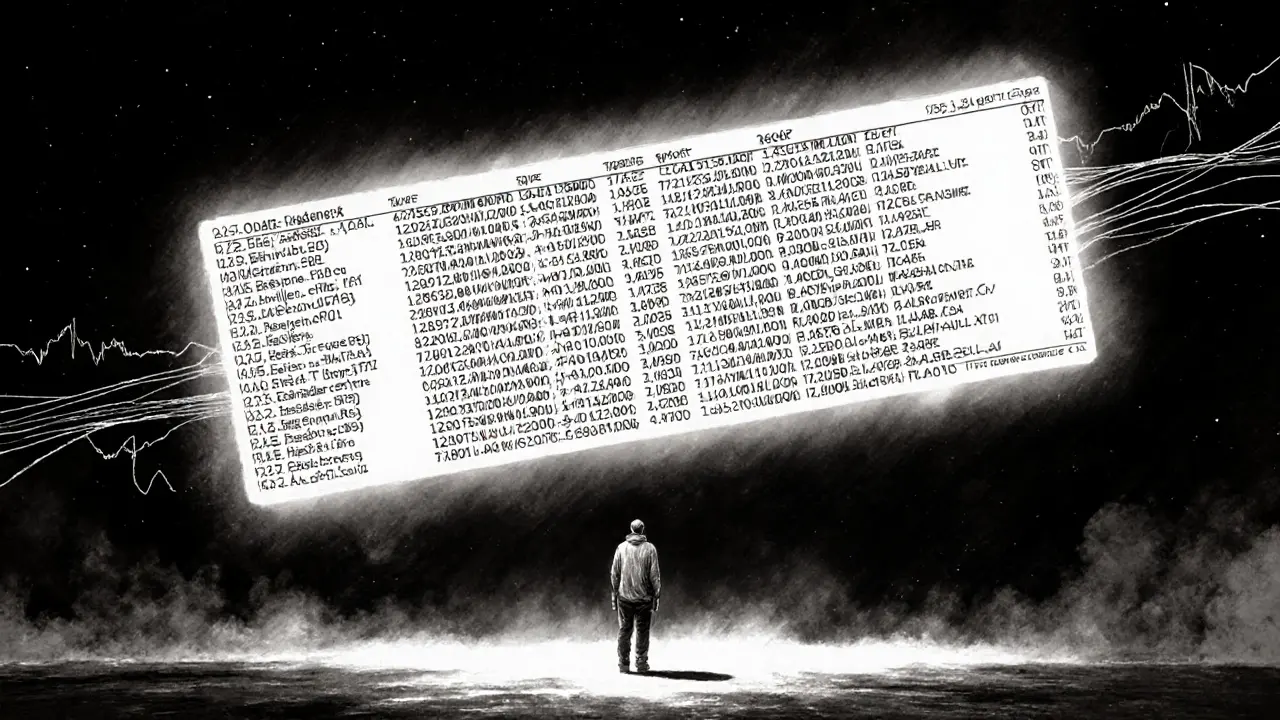Jager Hunter (JAGER) is a BNB Chain meme coin that rewards holders with automatic payouts every 10 minutes if they hold at least 146 billion tokens. Learn how it works, its risks, and whether it's worth your money.
Jager Hunter: What It Is and Why It Matters in Crypto and DeFi
When you hear Jager Hunter, a crypto project that briefly appeared as a meme-driven token with no clear team or roadmap. Also known as JagerHunter, it emerged as one of those names that sound like a video game boss but delivered nothing but silence after launch. It wasn’t built to solve a problem. It didn’t offer staking, lending, or DeFi yields. It didn’t even have a whitepaper. Yet, for a few weeks, it showed up on airdrop lists, Telegram groups, and CoinMarketCap’s unverified section—just enough to trick people into checking their wallets for free tokens.
What makes Jager Hunter worth talking about isn’t the token itself—it’s what it represents. It’s a perfect example of how crypto airdrop, a distribution method used to seed new tokens to users, often without purchase. Also known as free token drop, it’s meant to build community but is often abused by projects with no long-term plan scams work. Many users still chase these names, thinking they’re missing out on the next Dogecoin. But the truth? Most of these tokens, like Jager Hunter, vanish before anyone can trade them. They rely on FOMO, not fundamentals. Compare that to real DeFi token, a cryptocurrency built to power decentralized finance protocols like lending, swapping, or yield farming. Also known as utility token, it’s tied to actual blockchain activity and revenue projects like USDZ or SAMO. Those have contracts, teams, and real use cases. Jager Hunter? Just a name on a list.
And here’s the kicker: if you’re still looking for Jager Hunter tokens today, you’re not hunting for profit—you’re hunting for ghosts. The same way people still search for BNU or FOTA, they keep checking wallets for tokens that died before they ever lived. That’s not investing. That’s gambling with your attention. The real lesson isn’t about Jager Hunter. It’s about learning how to tell the difference between a meme coin, a cryptocurrency created for humor or community, often with no technical innovation. Also known as joke coin, it can gain traction through viral culture but rarely sustains value with a community and one with zero substance. The ones that last—like Dogecoin or Samoyedcoin—have people who actually use them. The rest? They’re just digital graffiti.
What you’ll find below isn’t a guide to claiming Jager Hunter. There’s nothing to claim. Instead, you’ll find real reviews, deep dives, and cautionary tales about projects that looked promising but vanished. You’ll see how airdrops go wrong, how exchanges disappear, and why some tokens have zero volume and zero future. If you’ve ever wondered why so many crypto projects fail, the answer isn’t hidden in a wallet. It’s in the patterns. And Jager Hunter? It’s just one more data point in a long list of warnings.

